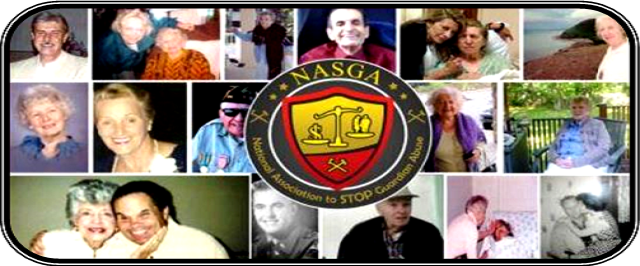by Tobi Elkin
Older adults want to age in place. Can the Village Movement grow to meet demand?
The trend is clear: Adults in the U.S. are increasingly looking to stay in their homes and communities–age-in-place–for as long as they possibly can. A 2018 AARP survey revealed that 3 out of 4 adults 50+ want to remain in their homes and communities as they age. The Village Movement, a national network of nonprofit membership organizations, provides support and services that enable older adults to continue living independently longer.
Villages focus on service delivery. Members pay a monthly fee for access to and help with transportation, small home repairs, household tasks, organized social activities and even tech support. While fees vary across Villages, they tend to start at around $25-$50/month. Most offer a sliding scale and financial assistance for those in need.
When members need support, they are connected to vetted and trained volunteers, many of whom are also members. Volunteers and staff who drive members also are insured. For larger projects, many Villages maintain lists of product and service providers, while others negotiate discounts for members with local businesses.
Local Partnerships Support Services
“Villages try to connect with service providers and partner with existing organizations,” says Barbara Sullivan, national director, Village to Village Network, a nonprofit organizing body and resource for the Village Movement nationally. “We’re not trying to make decisions for people, we’re trying to give them choices.”Beacon Hill Village in Boston, the longest running Village founded in 2001, offers members access to discounted service providers (lawn care, plumbers, electricians, tax experts, etc.), restaurants, home health care providers, fitness trainers and prescription drug cards that supplement Medicare Part D coverage.
“We don’t do direct care but we have a list of vetted services and providers, the vetting includes background checks. We make sure agencies are licensed and we track quality,” said Laura Connors, executive director, Beacon Hill Village.
In Los Angeles, ChaiVillageLA, a collaboration of two area synagogues Temple Emmanuel and Temple Isaiah, offers lists of recommended businesses and community resources for its members–though they’re not formally vetted. Instead, the faith-based Village’s 218 members offer recommendations and reviews.
Services Are Designed to Meet Local Needs
In rural Yancey County, N.C., transportation is the most in-demand service provided by the MY Neighbors Village. The all-volunteer Village launched in 2017 with 10 members and 20 volunteers and has grown to more than 75 members and 63 volunteers, according to Chip Poston, Board Chair. In 2019, Poston is focused on expanding the Village’s service area to neighboring Mitchell County and recruiting more volunteers.“I’ve traveled all over the world and I’ve never seen a group of people like this that have a pioneering spirit of taking care of their neighbors who are unable to do as well for themselves as they used to do,” says Enid A. Alley, 74. Alley relies on MY Neighbors to take her food shopping and to doctor’s appointments. Volunteers have also hung pictures for her, taken her shopping for a new TV, and set it up in her home.
In suburban areas like Takoma Park, M.D., outside of Washington, D.C., transportation is also a key service—but so are walking groups. Members of this 220-member, all-volunteer Village range in age from 57 to 95. In addition to rides, personal shopping and home repairs, the Village of Takoma Park offers members social activities such as a Senior Strolls program and regular group walks.
The Village Movement is Seeking to Scale
There are more than 200 Villages across the U.S. with more than 150 in development, according to Sullivan of the Village-to-Village Network.In California, a coalition of nearly 50 villages and partners formed Village Movement California as a way to scale the grassroots model. The coalition was recently awarded a planning and organizational development grant by the Archstone Foundation to help raise public awareness of the movement, and increase the number and size of Villages.
One key to successful scaling is developing strong funding sources. The Village Movement relies on foundation grants, individual giving and membership fees to support operations. Beacon Hill Village also collects fees from ticketed events to pay for a host of services and activities for its 380 members, 140 volunteers and a paid staff of 6. The Village’s Creative Kitchens Tour is an annual fundraiser supported by local business sponsors.
Madge Sargent, 78, is a subsidized member of Beacon Hill and a Creative Kitchens Tour volunteer. “There’s something in it for everybody and for every stage in your life,” she says. As a new member eight years ago, she signed up for day trips, conversations and walks, and became an “ambassador” who offers guidance to new members. “What [the Village] did for me, I could never repay them.”
Full Article & Source:
Can the Village Movement Scale to Support Aging in Place?


1 comment:
Village to village is an outstanding org. We have one in santa fe. It's a great way for elders to give and receive kindness and support. A network makes us stronger.
Post a Comment